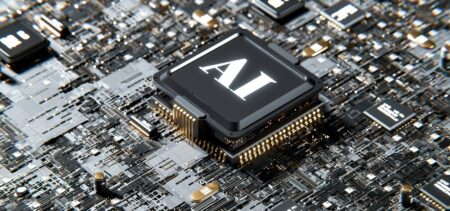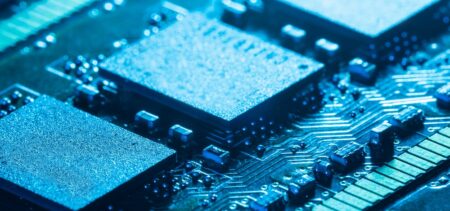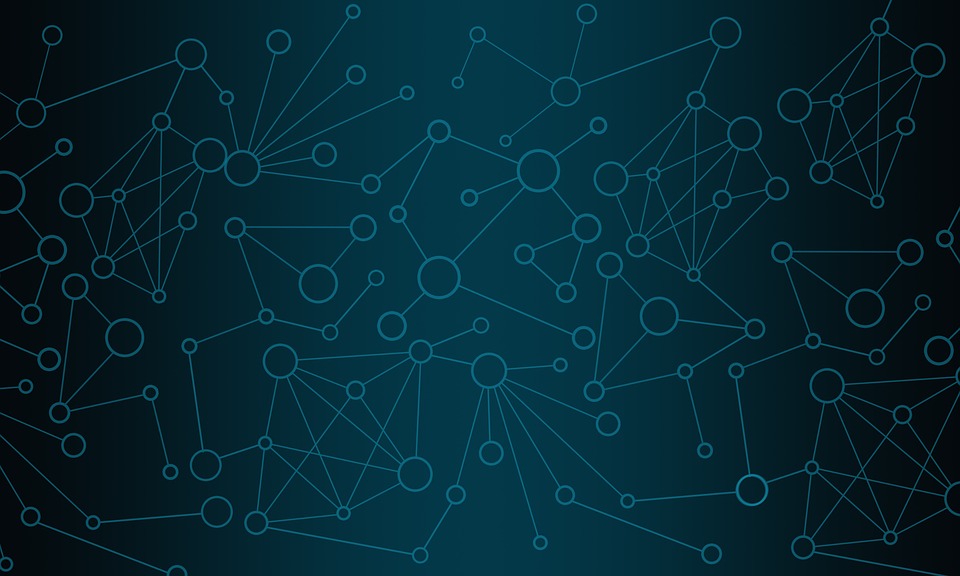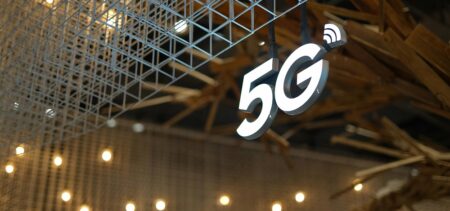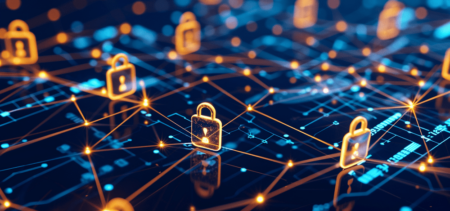Unless some brave new technology emerges and quickly catches up with the existing Radio Frequency (RF) sensor network, it looks like the Internet of Things will be RF-based. Various embedded sensors have already established their presence with the vendors, the providers and the manufacturers. The existing wireless sensor networks resolved the continuous power challenge via the zero power sensors solution. This relatively new class of sensors serves hybrid and active RFID, data logging, access control, as well as all other permanently powered sensors that need reliable energy storage in order to function and offer the possibility for remote readings when in a passive state.
The zero power concept
The concept counts on harvesting power from various sources/environments, such as light, RF, magnetic fields, dynamic processes (pressure, motion, flow) via a specific power transducer (photovoltaic, thermoelectric, inductive, piezoelectric and so on).
A dedicated chip serves as the energy storage and management element – various types of kits serving this process are available from various producers, from specialized kits (e.g. harvesting just solar or thermoelectric energy), to universal kits that are adaptable to any harvesting environment.
Reducing the battery system to a background function (as a backup), or completely eliminating the classical battery-powered concept, this clever system eases the sensor functioning and eliminates the difficulty of sensor wiring.
The energy harvesting process (or EH) defines as the capture and storage of energy from available, naturally occurring sources. Applying EH in wireless sensor networks (WSN) reduces the costs, increases reliability and resilience and offers the possibility of perpetually powering the network nodes.
Zero power sensors’ applications
A lot of IoT-related technologies benefit from the zero-power system and probably even more devices, gadgets and wireless systems will develop on the basis of this available feature. When sensors are not constrained by battery life and their placement is not crucial for readings since the activities are completely remote, an entirely new network design and architecture is made available.
Applications such as “wearable technology, building automation, energy management, smart grid, industrial monitoring and structural monitoring” are advantaged by the zero power paradigm. The sensor producing companies forecast a previously unprecedented operational range: energetically autonomous sensors, readable from a distance and in real-time, even in a passive state.
Zero power sensors, contextualized
The RFID tags emerged as a commercial technology in the 1970s, and enabled the passive identification and tagging via wireless back-scatter modulation, used in order to transmit data without the requirement for a power source on the tag.
These RFID tags or labels classify as passive, active or battery-assisted passive (BAP). Each sensor emits an ID signal, while other devices (interrogators or readers), constructed as two-way radio transmitters, induce a response in the sensors by using an interrogator signal.
The classic passive tags use the interrogators’ energy to power up their response, but the emitted energy has to be approximately a thousand times stronger in order to enable the responses, thus influencing possible interference and raising the levels of environmental radiation exposure.
RFID tags have worked their way into various usability mediums:
product labeling and tracking, promotion tracking, advertising, access control, transportation and logistics, industrial processes, personal identification, infrastructure management, healthcare and hospital services, cultural assets, and telemetry. Above all, RFID sensors have almost identified with any process that qualifies as smart or intelligent and are therefore ubiquitous to the IoT.
Specific industries and organizations have standardized RFID, from frequency allocation to RFID testing and ISO/IEC standards.
The listed RFID sensors issues comprise data flooding, uneven global standardization, cyber-security problems (privacy flaws and vulnerabilities), as well as the inherent limitations when considered in the context of future technological developments.
Zero powered sensors are precisely the answer to one of these limitations – solving the sensors’ continuous powering necessity. Even though the power levels may seem low when compared to other devices’ needs, this requirement is nevertheless essential and it has stimulated various solutions. Maybe you have notices the emerging technologies such as PoWi-Fi or Li-Fi, some of them approached by our publications.
The zero powered sensors technology is relatively new, yet various technological solutions have been advanced, produced and implemented in view of it.
Developments in zero power sensor technology
In reviewing the recent and current situation of zero-quiescent-power sensors, the Electronic Engineering Journal mentions how the producers seem to have entered a silent mode where the innovations are tested on a larger scale, while the latest financial and efficiency considerations don’t seem to make the headlines. The same source mentions the most relevant exemplary papers for this subfield, so maybe reading these would be essential for a more in-depth approach of this topic.
While older solutions are being implemented, new ones emerge. Although the spectacular element apparently entered a linear phase, there are however new applications of this technology that might bring a new twist.
For example, the Bodle Technologies wants to bring the “little or zero power” concept into displays – mainly wearable and smartphone displays.
Since industrial sensors are crucial,
but less likely to entice the non-specialized readers, one might expect the online tech media to revamp the concept of zero power – once it will fuel up device charging – if ever. Migrating the concept into full-sized devices may not be easy. The sensor world is still struggling to adopt and standardize this brilliant concept. As it is the case for every innovative technology, lots of changes and inertia-fighting have to be efficiently resolved.
However, in the spirit of going green or greener, more energetically and cost efficient, the zero power concept remains a viable, attractive solution for present and future tech, be it industrial or not.



